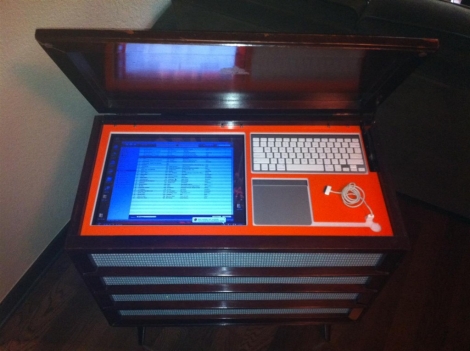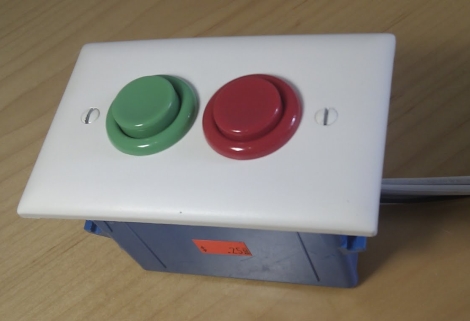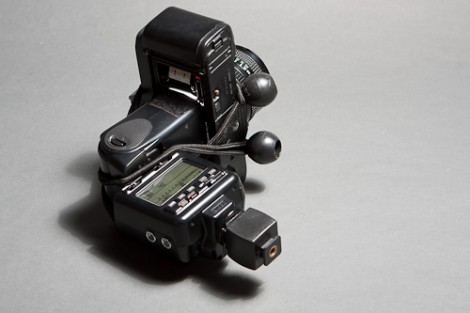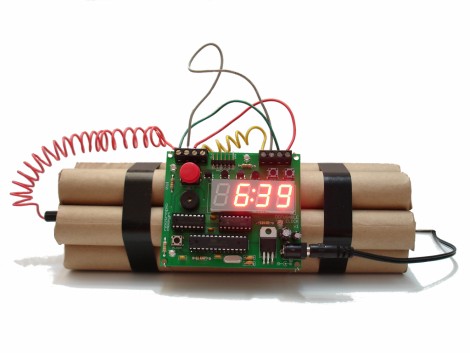
How much memory do you really need? We suppose it’s not really our place to judge how you misuse use memory in your projects. But we do appreciate the clean and orderly technique that [Eric Rogers] uses to add multiple SPI SRAM chips to an Arduino.
The heavy lifting is done with a CPLD shield called the Amani 64. It intercepts the SPI calls from the Arduino to an SRAM chip, and translates the address information to find the appropriate data on a collection of 23K256 devices. These chips are inexpensive, and using several of them provides a savings over choosing a single SPI addressable chip with a larger memory size.
The best part is that the flexibility of the CPLD allowed [Eric] to devise an addressing system that takes advantage of unused bits in the Arduino’s SPI data transfer functions. When using a single 23K256 chip, there are four write functions that waste a total of six bits. He devised a method to inject addressing data into these unused bits, allowing him to address up to 64 different memory chips for a potential of 2 MB of storage. The CPLD pulls out this injected address and subsequently writes or reads the bank of SRAM chips.
Looking for other SRAM upgrade options? Here’s another one that uses multiplexing to decrease the address lines necessary to add memory.
















